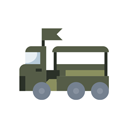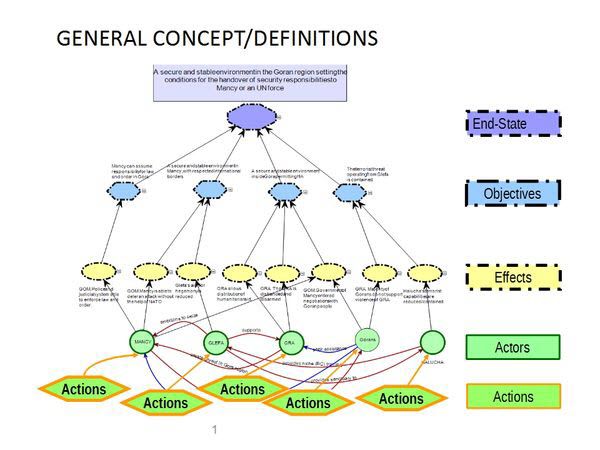ELEMENTS OF UNDERSTANDING OF OPERATIVE ART
” Every effect has a cause, all intelligent effect has an intelligent cause, the power of the cause is due to the magnitude of the effect. “
Operational art integrates ends, ways, and means across the levels of crisis or war. It is the thought process commanders use to visualize how best to efficiently and effectively employ military capabilities to contribute along with the other instrument of power to reach the End State.
Operational art promotes unified action by facilitating the integration of other agencies and multinational partners toward achieving the national strategic end state..
Operational art requires broad vision, the ability to anticipate, and the skill to plan, prepare, execute, and assess. It provides a framework to help commanders and their staffs order their thoughts and understand the conditions for victory before seeking battle, thus avoiding unnecessary battles.
Without operational art, campaigns and operations would be a set of disconnected engagements, relative attrition left as the primary, if not unique, measure for success or failure.
The Operational design
Operational design is the process of developing the intellectual framework that will underpin a joint operation and its subsequent execution.
Operational design supports joint planning by providing a number of design elements to help the commander and staff visualising the arrangement of joint capabilities in time, space, and purpose to reach Campaign End State.
Operational design primarily is an intellectual process based on the creative vision, experience, intuition, and judgment of commanders and planners. The result of this process should be a framework for the joint operation that conceptually links ends, ways, and means across the levels of war. For that purpose, the elements of operational design comprise a tool to help commanders and planners visualize what the joint operation should look like and to shape the commander’s intent.
During execution, commanders and planners continue to consider design elements and adjust both current operations and future plans to capitalize on tactical and operational successes as the joint operation unfolds. Operational design elements can be used selectively in any joint operation. However, their application is broadest in the context of a joint campaign, so this chapter will use the campaign to provide context for a discussion of these elements.
Among the many considerations, operational art requires commanders to answer the following questions:
- What objectives, when achieved, attain the desired national strategic end state? (Ends)
- What effects, when created, support achievement of objectives? (Conditions)
- What sequence of actions is most likely to create those effects? (Ways)
- What resources of the joint force are required to accomplish that sequence of actions? (Means)
- What is the likely cost or risk to the joint force in performing that sequence of actions? (Risk analysis)
The complexity of modern conflicts requires that commanders and their staff truly understand the root causes of a conflict.
Old principle of knowing your enemy, surprise and adaptability (agility) remain instrumental.
Too much data can lead to information overload and decision paralysis, analysis can help sort out the wheat from chaff.
Proper analysis is instrumental in gaining a thorough understanding of the engagement space.
Applying Operational Art:
challenges and frictions
Effects – Desired effects.
Measures of Effectiveness (MoE).
Measures of Performance (MoP)
Comprehensive Approach.
Planning in close collaboration with strategic level.
Focus on Mission Command.
Joint Operational Planning
DEFINITIONS
Actor
A person or organization, including state and non-state entities, within the international system that uses its power to influence others in pursuit of its interests and objectives.
End State
The End state is a single, agreed, unambiguous concluding situation attained by the achievement of one or more strategic objectives.
Objective
An objective is a clearly defined goal in the Engagement Space, essential to political rulers and military commanders plans at their respective levels, to achieve the end state. Objectives will be achieved by the outcome of an aggregation of intended effects. The objectives are derived from the end state and their achievement should lead to the completion of the end state.
Effect
An effect is the cumulative consequence of one or more actions across the Engagement Space that leads to a change in the situation in one or more domains. Aggregation of intended effects leads to the achievement of objectives.
Action
An action is the process of engaging any Alliance instrument at any level in the Engagement Space.
The engagement space encompasses the air, land, sea, space, and associated adversary, friendly, and neutral systems (political, military, economic, social, informational, infrastructure[PEMSII], legal, and others), which are relevant to the crisis.



